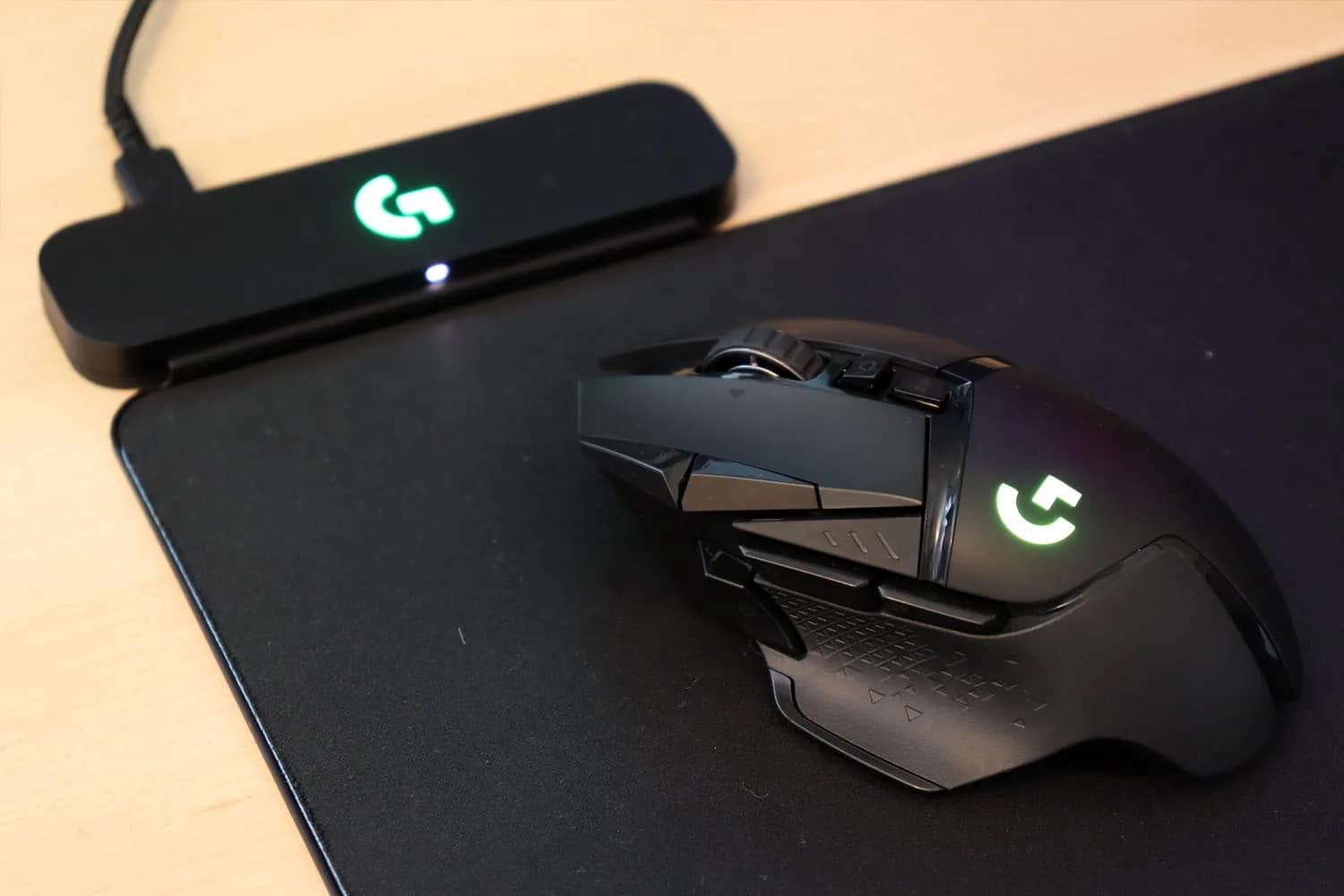Your mouse has stopped working? Learn how to quickly fix it. We’ll show you the most common causes and give you troubleshooting tips.
Common causes of mouse failure
If your mouse stops working, it could be for any of a number of reasons. Before you panic or rush out and buy a new mouse, there are some basic troubleshooting steps you should try. This section will help you determine why your mouse might have suddenly stopped working and suggest some initial actions you can take.
- A common problem is that the battery of the wireless mouse is empty. First, check whether the battery still has enough charge. If necessary, insert a new battery and make sure that it is inserted correctly. Even with a wired mouse, there may be contact problems, for example, due to a loose contact at the USB port.
- Another reason could be a loose or defective USB connection. Try connecting the mouse to a different USB port. If it works there, the problem may be with the original port. Also test the mouse on a different computer to rule out the possibility that the hardware itself is defective.
- Software issues are also common causes. An outdated driver can cause the mouse to no longer be recognized. Open the Device Manager on your computer and check for error messages. Update or reinstall the driver if necessary.
- Sometimes the problem may also be caused by the operating system settings. Make sure that the correct input method is selected and that there are no conflicts with other devices. Check the mouse settings in the control panel to eliminate possible sources of error.
Step-by-step guide: How to effectively troubleshoot mouse problems
Once you’ve checked the basic causes, you can start to systematically solve the problem. Here is a step-by-step guide to getting your mouse working again.
- Restart your computer. Often, temporary software errors can be resolved by restarting. Let the computer completely shut down and then turn it back on. Then try to use the mouse again.
- Check the mouse connection. If you have a wireless mouse, unplug the receiver and then plug it back in. Make sure that there are no obstacles between the mouse and the receiver that could interfere with the signal.
- If restarting and checking the connection does not help, you should update the driver software. Visit your mouse’s manufacturer’s website and download the latest version of the driver. Install it according to the manufacturer’s instructions.
- If the mouse still does not work, check the settings of your anti-virus software. Some programs may inadvertently restrict the functionality of peripheral devices. Temporarily disable the anti-virus software and test whether the mouse works afterwards.
Avoid mouse problems: practical tips for a long lifespan
Mouse problems can often be solved without technical knowledge. With a few practical tips, you can extend the lifespan of your mouse and avoid future problems. These tips will help you get the most out of your mouse and take care of it.
- Clean your mouse and mouse pad regularly. Dust and dirt can block the mouse sensors and affect its performance. Use a soft cloth and appropriate cleaners to keep the surfaces clean.
- Make sure that the cables of the wired mouse are not bent or stretched excessively. This can damage the internal wiring and impair the functionality of the mouse. Always store the mouse so that the cables are loose.
- Protect your mouse from extreme temperatures and humidity. Do not store it in direct sunlight or in damp rooms. Extreme conditions can damage the mouse’s electronics and shorten its lifespan.
- Avoid using the mouse on uneven or reflective surfaces. Such surfaces can irritate the mouse’s motion sensors and cause inaccurate cursor movements. Invest in a high-quality mouse pad for optimal results.
